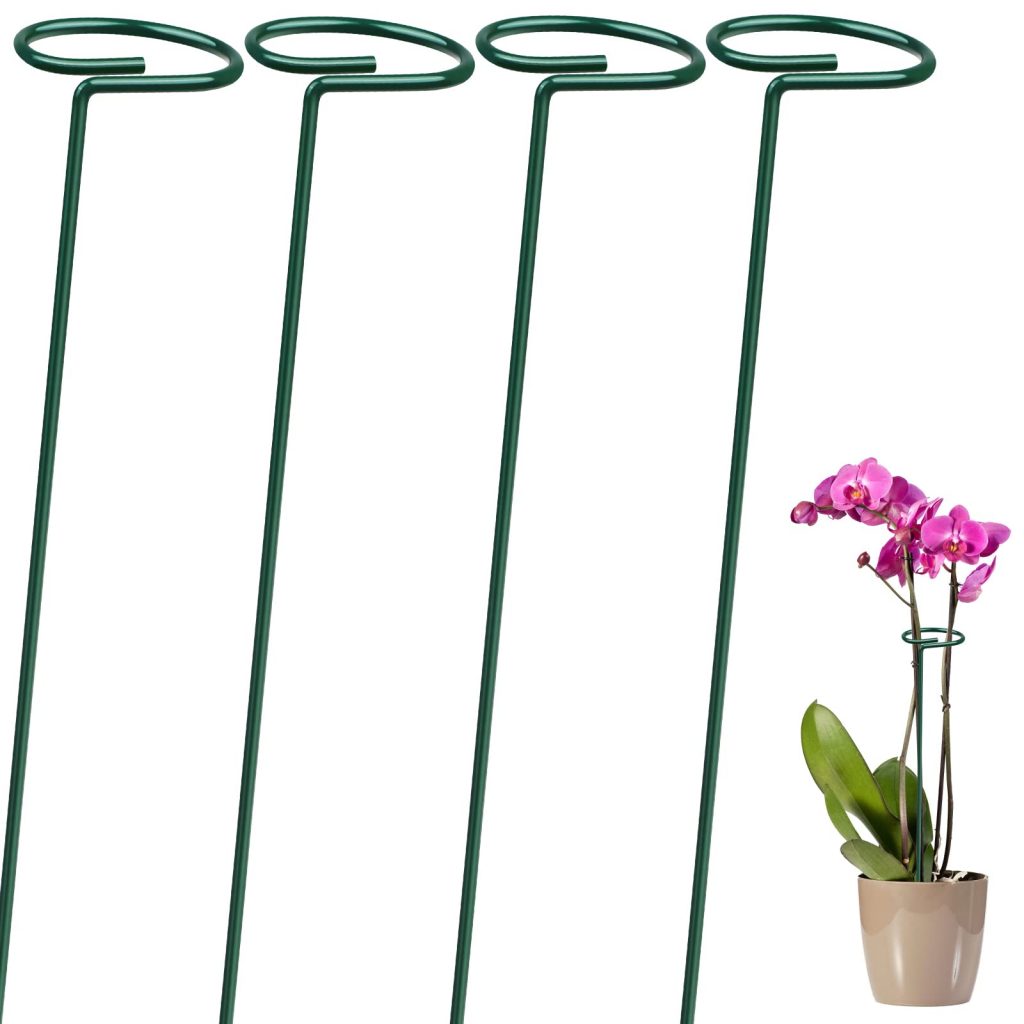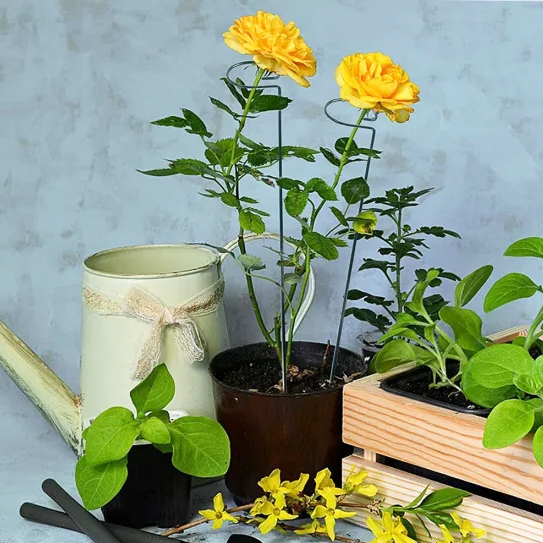Plants have been a staple in the home for centuries. They are decorative, purify the air, and can even help improve your mood. But one of the most common problems with houseplants is lack of support. When plants are not supported properly, they can droop or bend over because their stems cannot support them. This can often lead to plant death. The best way to avoid this is by using Single stem plant supports. With the proper support, you can grow healthier and taller plants with little effort. Using a single stem to support your climbing or cascading plants is an easy way to let them flourish in any space. While you’re deciding on getting a plant support stake, keep in mind that there are many different options to choose from.
Finding High-Quality Single stem plant supports: A Buying Guide
Plants need light, water, and nutrients to grow, but they also need support. Without support, they are likely to tip over or fall over. Buying the proper plant support is crucial to their survival. There are many different types of Single stem plant supports available, and it can be confusing to decide which one will work best for your particular plant. Don’t worry. Read this guide to discover the benefits of stem support and things to look for while buying one.
Why Should You Use Single stem plant supports?
Plant stakes and supports are an often overlooked but essential component to growing healthy, happy plants. There are many benefits to using them, both in aesthetics and plant health, and some are mentioned below.
Promote healthy growth
Plants that are well-supported look fuller and lusher than those that aren’t. Stem supports are an inexpensive way to improve the look of your plants. It also allows plants to grow upright to their full height without getting twisted.
Prevent overgrowth
Many plants, such as succulents, develop mats of leaves as they grow. Single stem plant supports keeps the leaves from overgrowing, helping the plant to maintain its shape.
Keeps plants untangled
Plants like ivy, hosta, and ferns can flop over and dry out if left unsupported. They support these fragile plants and prevent them from becoming tangled with other plants.
Protect against harsh weather
Plants that lean against walls or fences in windy conditions can develop weak stems. Stakes prevent the wind from pulling plants over and also support plants in windy conditions.
Things To Keep in Mind While Buying Single stem plant supports
Choosing Single stem plant supports for your garden is a fun project. Here are a few things to consider when selecting plant stakes.

Material
The first thing you might notice is the material of the single stem support. They are made of metal, wood, or plastic.
- Metal stakes are more durable and provide better support for your plants. These stakes are often rust-resistant, so try to get metal stakes if you live in a humid climate.
- Wood stakes are lighter, less expensive, and can be painted to match your plants, but they tend to rot quickly when exposed to moisture, so they cannot be used outside.
- Plastic supports, on the other hand, are weather and pest-resistant, which makes them perfect for outside plants.
- Your plant stake should be made of sturdy and high-quality material so you can use them for a long time.
Gauge thickness
The next thing to notice is the metal thickness. The gauge thickness ranges between 1-40mm. It means the higher the range, the thinner your stake will be. So, choose a stake falling in a lower range as it will be sturdier and won’t bend.
Length and diameter
Single stem plant supports are available in several lengths. A 24-inch stake is suitable for most plants. For larger plants, consider stakes that are 36 inches long or more.
Plant stakes come in various diameters, from a 1/2-inch to a 2–3-inch diameter. Once you find a length that works for you, choose a stake with the right diameter for your plant (a plant’s support should be no more than 3–4 inches in diameter).
Setup location
Before you buy single stem support, consider how you’re going to use them. If you plan to use stakes with plastic plant pots, consider metal stakes since they won’t twist or bend. If you’re growing directly in the soil, you might prefer the flexibility that plastic stakes offer.
When Should You Add Additional Single Stem Support to a Plant?
To have a healthy and thriving garden, you need to know when the time is right to replace the single stem support from plants. If the plant has reached its maximum height, a single stem will not be able to support a plant and will eventually break. However, you can resolve the issue by simply following these simple guidelines.
To have a healthy and thriving garden, you need to know when the time is right to replace the single stem support from plants. If the plant has reached its maximum height, a single stem will not be able to support a plant and will eventually break. However, you can resolve the issue by simply following these simple guidelines.


